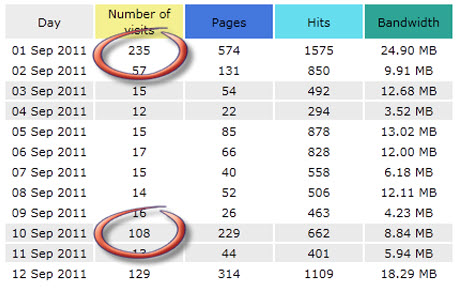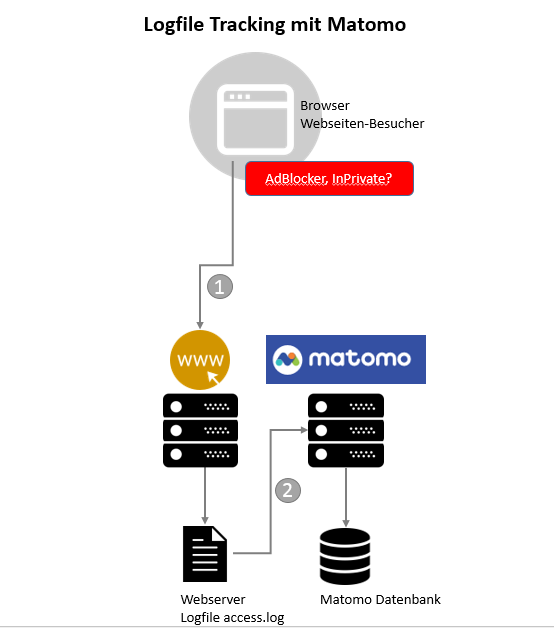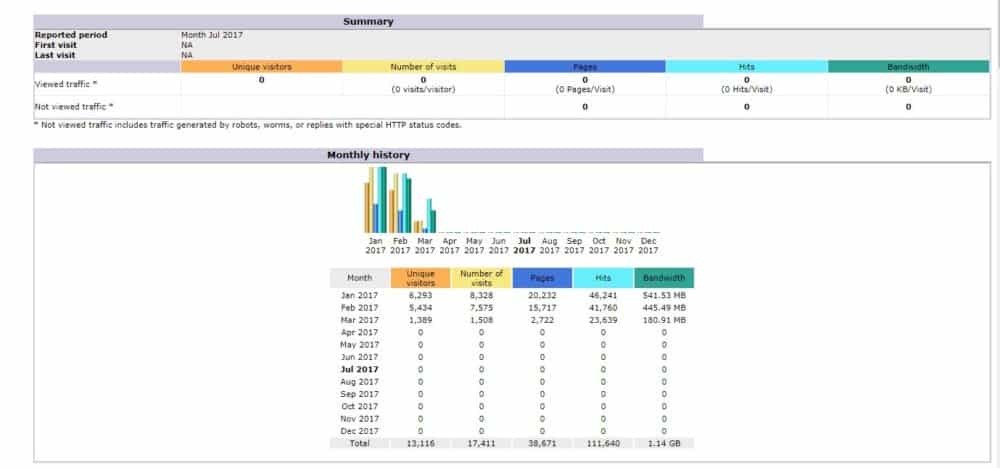

AWSTATS EXPORT UPGRADE
The default Virtualmin installation has setup “php-mysql” – and when we issue the command ‘upgrade mysql’ – the yum utility will also upgrade all the related PHP packages (e.g.
AWSTATS EXPORT SOFTWARE
The command above may seemed a bit odd, why “upgrade mysql” when we want to actually upgrade PHP 5.3 to PHP 5.4? The reason is that the yum software utility will install/upgrade all dependencies to ensure that all the software pieces work together.
AWSTATS EXPORT UPDATE
Yum update -y Step 3: Enable the REMI repo and Upgrade software Rpm -Uvh remi-release-6*.rpm epel-release-6*.rpm Step 2: Update EPEL repository

AWSTATS EXPORT INSTALL
Step 1: Download EPEL and REMI and install the repository Note the latest version of these software, visit:įor the purpose of this tutorial, we’ll be using the repositories for CentOS 6.5. In fact, it requires the EPEL repo to be installed on your server before you can install the REMI repo. The first step is to install the “REMI” software repository (this software repo is maintained by French guy, Remi Collet) and it (usually) has the latest stable version of the software used by RedHat/CentOS and the EPEL repo. This tutorial will guide you through the steps needed to upgrade PHP 5.3 to the latest PHP 5.4 without breaking any of existing websites in Virtualmin. However, the PHP team at php.net recommends upgrading to PHP 5.4 to fully benefit from all the recent enhancements, bug-fixes and security patches in PHP. Naturally, the CentOS team has backported all the security issues discovered in PHP5.3, and it is a stable and matured version. Here’s the final screenshot after the change.ĬentOS 6.5 ships with the default PHP 5.3.3 (although support for PHP 5.3 officially ended on 14th August 2014). Goto Virtualmin –> System Settings –> Features and Plugins.įull path to AWstats program: /var/“Save” and AWStats should be working fine again. So, the other more long winded method is to find out where does Virtualmin store the configuration for AWStats software and see if I can change the settings – fortunately, it is relatively easy to do so. The risk with this method is that I might lose my existing traffic data. I have 2 options – disable RepoForge’s repository, remove AWStats and then re-install AWStats from Virtualmin’s repo again. “The AWstats command /usr/share/awstats/Searching further, it seems that Virtualmin do not recommend using 3rd party repositories as they can cause conflicts to existing packages, as in this case. Running the “recheck configuration” in Virtualmin showed this error message:

This caused the dreaded Error – Missing Headers in AWStats! In the “yum update” process, it inadvertently upgraded the AWStats package from the default Virtualmin package to Repoforge’s .noarch. Recently, I installed the RPMForge repo to setup “mod_fastcgi” on my Virtualmin server. So, for those reasons, I would say, take a couple of minutes to change the default port of your Webmin/Virtualmin server. Furthermore, if the administrator’s password is weak, there is a high probability that the brute-force password attack may work. This cause un-necessary stress on the server. Webmin/Virtualmin is running on that port). This saves resources on your server because usually, these automated scripts will follow up with a password cracker/brute-force attack to try to guess the passwords if it finds the port 10000 open (i.e.

Virtualmin listening at a different port, say, 10101), the automated script will then go on to another target in the list. These automated scripts will usually “move on” to another target if the known-ports are closed, e.g. The most important benefit is that it discourages automated scanners – usually run by script kiddies looking for systems to exploit. In a way, they are correct, but nevertheless, there are many benefits of changing the default ports of the well-known “admin” services – such as Webmin/Virtualmin and sshd. SSH at port 22) to a different port does nothing to make the server more secure. Many security professionals believe that changing the default ports of well-known services (e.g. The default port Webmin & Virtualmin listen to is port 10000.


 0 kommentar(er)
0 kommentar(er)
